B
bvd1940
Forum Guest
Register Today
- Well just finished assembly & coding for my Arduino Nano control and drive and it works WAHOOOO!!

- I will try to attach some pictures along with a little bit of info about the project (which aint much) but someone might be helped by it.

- It all started when I was grinding pucks for vintage Jag parts for adjusting valve lash on old Jag,s and after doing 2 days of grinding I could no longer use my left arm so I tried a Dayton gear motor and could not make that work without messing up the grind surface so back to the drawing board and found a decent Nema 23 stepper, M542T driver and used a Arduino Nano and hacked together a real simple sketch and hay wired it together and it works great.
- The first 2 pics are of my first try, the stepper mtr in the rest of the pics are what I ended up with and I am happy as a clam.
- The small black box has the Arduino Nano inside for protection, I have a lot of wiring to spiff up and mount the control panel to the side of the grinder base cabinet.
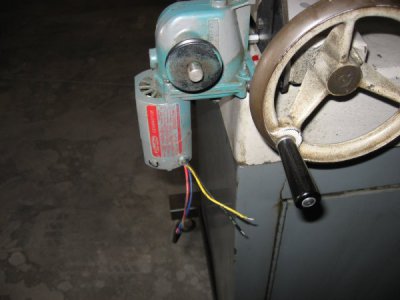
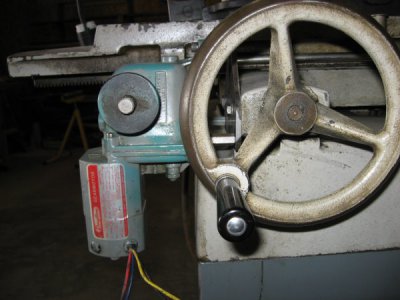
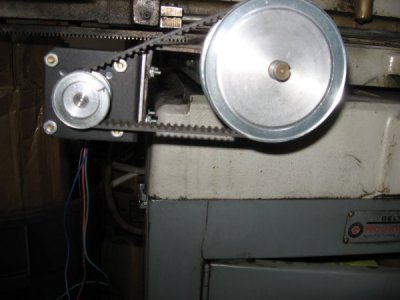
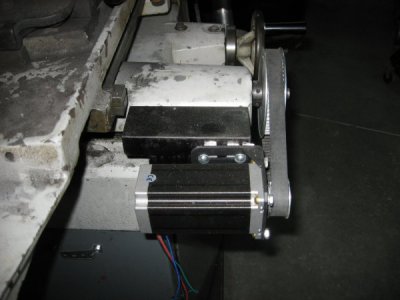
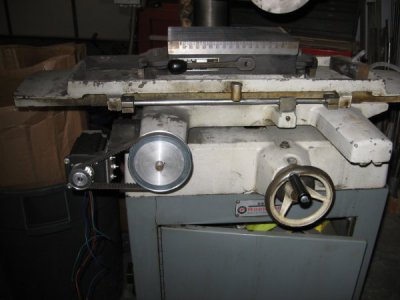
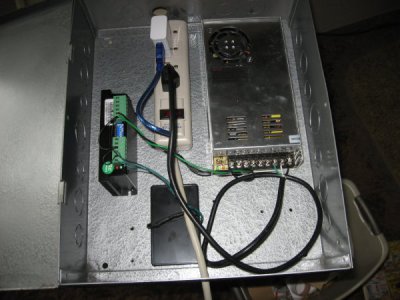
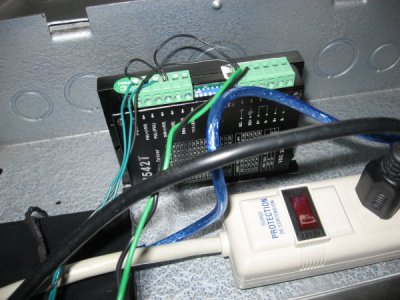
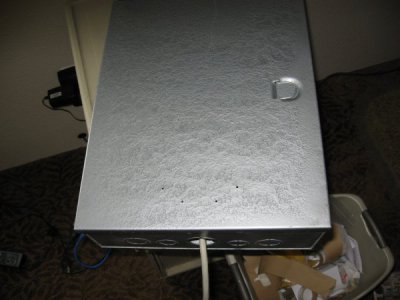



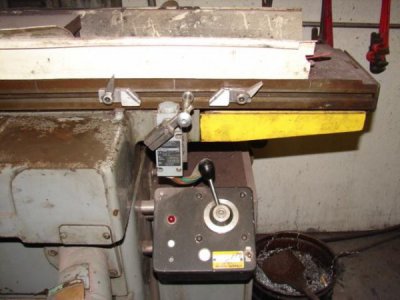
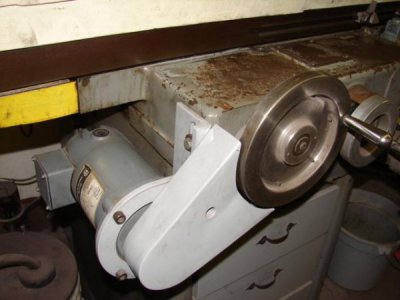
 .
.